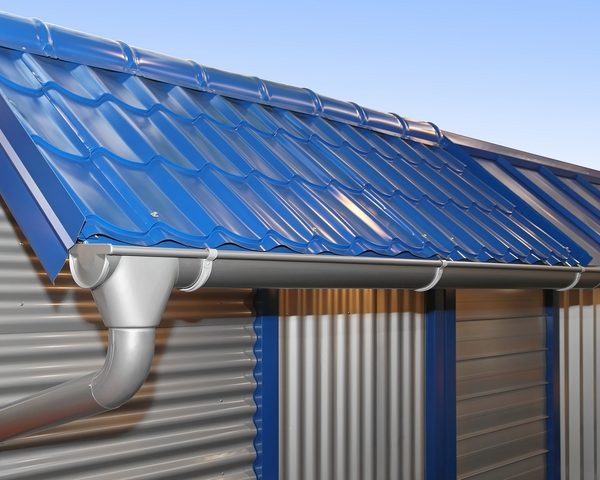
8 Types of Roof Rain Gutters for Homes
Rain gutter might seem like an afterthought, but in reality, they are an important part of protecting your home and also come in a surprisingly large variety of options. Whether you’re building from scratch, or simply looking to replace your exiting gutters, it is wise to familiarize yourself with all the choices out there so that you can make an informed decision.
You can begin to narrow your search by determining size, coating, and colour, but you’re still going to have a large selection to sort through. Here are some of the most common types of roof rain gutters, along with the pros and cons associated with each.
1. Aluminum rain gutters
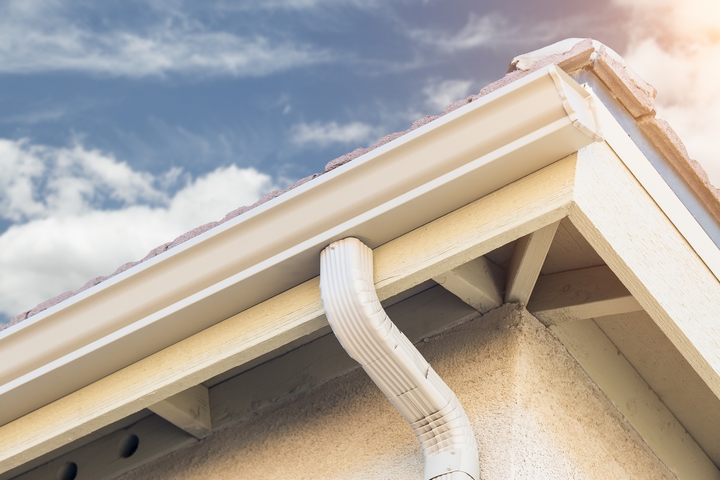
The least expensive and potentially most versatile type of rain gutter on the list, aluminum is a good choice for anyone looking to install the gutters on their own. Thanks to the fact that you can easily pick up aluminum gutters at your local home improvement store, the process can be completed from start to finish in a relatively short period of time. The installation is easy, and these lightweight gutters can then be painted any colour you like.
2. Copper rain gutters
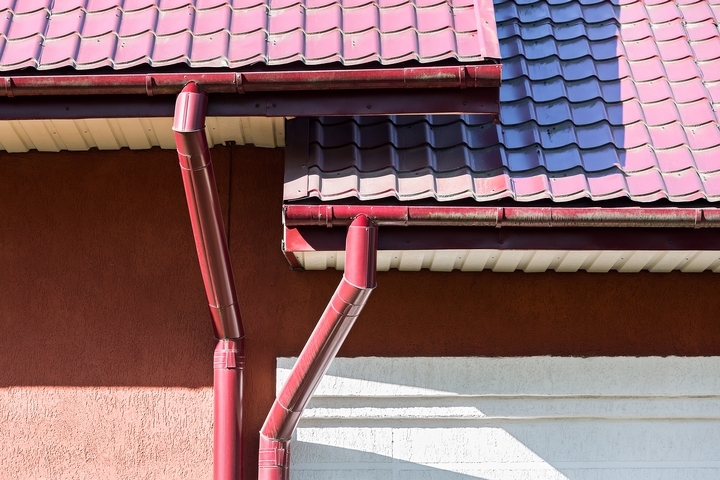
Usually purchased from a motivation to add curb appeal to a home, copper rain gutters are pricier than their aluminum alternatives. These types of roof rain gutters do offer some advantages though, and as long as they are installed properly, you shouldn’t have to worry about mildew or mold.
You also don’t need to paint and can rest assured that they will simply get more attractive with age. The main drawback is that, despite the steeper price tag, they probably won’t last much longer, if any, than aluminum gutters.
3. Zinc rain gutters
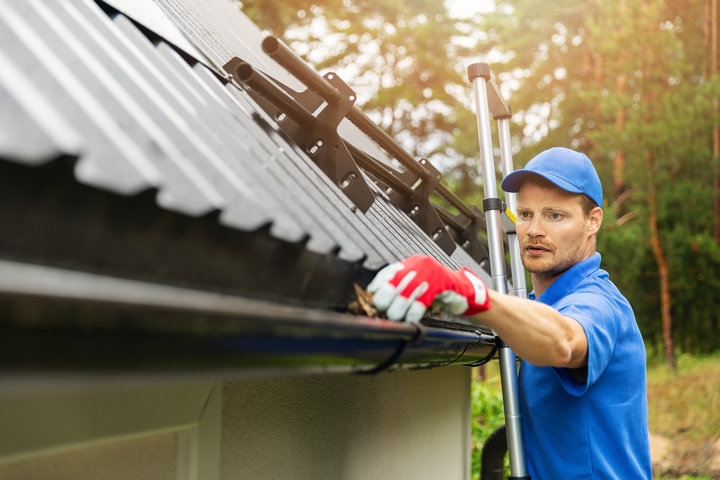
Zinc gutter, like copper, are on the pricier side, but offer the advantage of lasting much longer. Containing a small amount of both titanium and copper, zinc gutters are also left unpainted. They will naturally develop a protective coating over time that will add to their aesthetic appeal and protect them from the elements.
4. Vinyl rain gutters
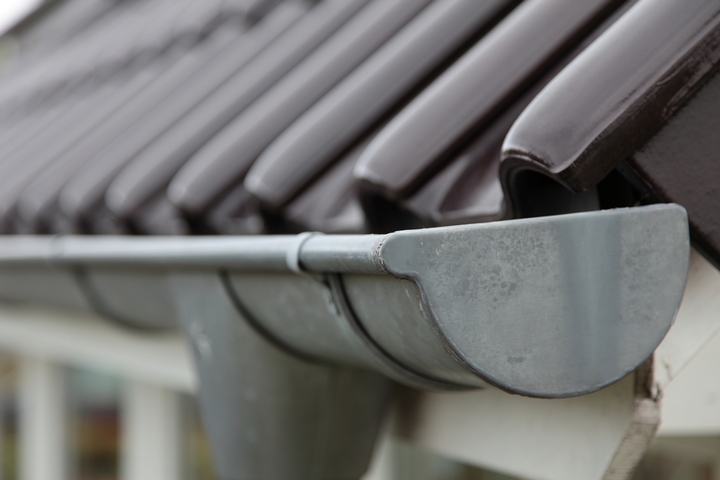
Offering some of the same advantaged as aluminum rain gutters, such as a lightweight design and easy installation, vinyl gutters are generally considered to be more durable than some of the other options. Ideal in milder climates that don’t see a lot of freezing and thawing, vinyl gutters won’t dent or corrode as metal alternatives might. These types of roof rain gutters are still on the cheaper side of the spectrum, but it is important to find an option that is fairly thick to defend against sagging.
Vinyl gutter can become brittle with age, and although they won’t show wear from salty air, they also can’t withstand the same weight as some other options. Overall, they’re an affordable option that is easy to maintain.
5. Steel rain gutters
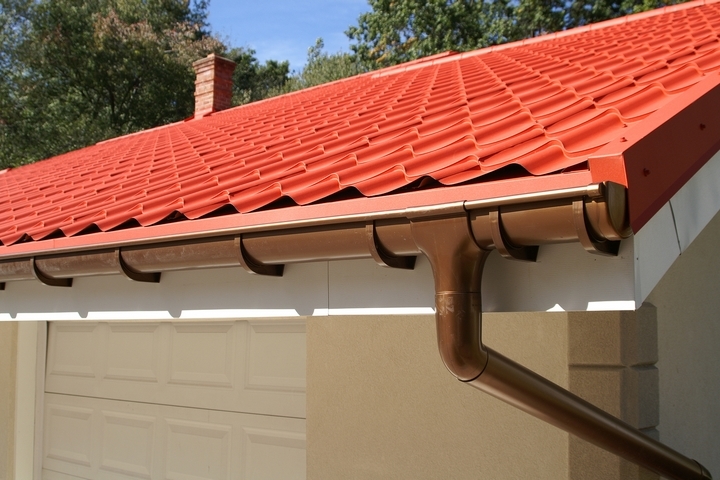
If you live somewhere that sees a lot of extreme weather, steel rain gutters are probably the right option for you. Stronger than aluminum and vinyl, steel gutters are easily able to endure the strain that comes with dramatic changes in weather. Sturdy and reliable, galvanized steel gutters tend to a cost a bit more but are definitely worth the investment if your gutters are going to be seeing a lot of action.
6. Wood rain gutters
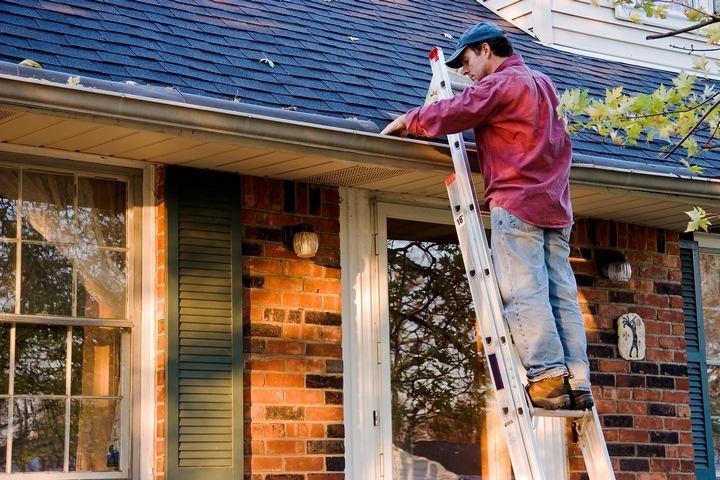
Especially if you’re looking to achieve a very specific aesthetic, the appeal of wood gutters can be strong. That being said, it is important to consider all the characteristics they’re accompanied by. In general, they’re able to carry less water than rain gutters made from other materials due to the that their rougher surface creates more resistance to the flow of water.
Another drawback for some is that they require regular maintenance and need to be oiled or sealed periodically. If you don’t mind putting in the work though, they can outlast most types of material when properly cared for and can definitely add a special touch to custom buildings or home restorations.
7. K-Style Profile
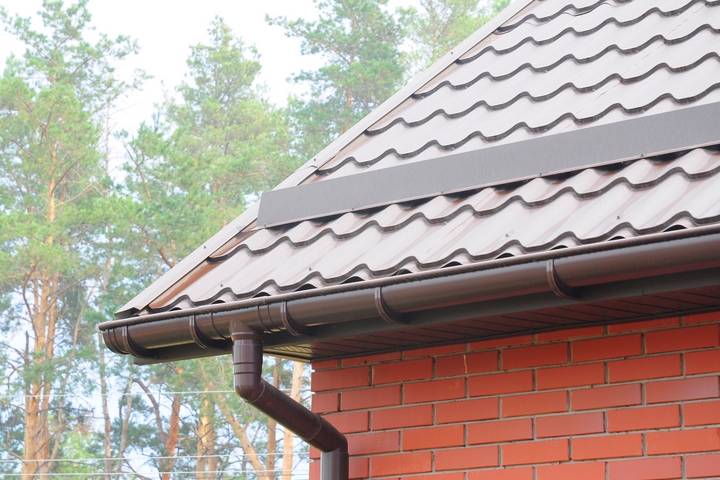
Once you have material of your gutters sorted, it is time to select the shape. By far the most popular, K-style rain gutters account for about 80 percent of gutter styles. Their name comes from the fact that when you look at them from the side, the profile is in the shape of the letter “K.”
Considered to be quite stylish in appearance, the seamless construction also eliminates leaking and provides durability. The shape is also able to handle a large amount of water at once and you can get K-style gutters in a variety of materials.
8. Fascia
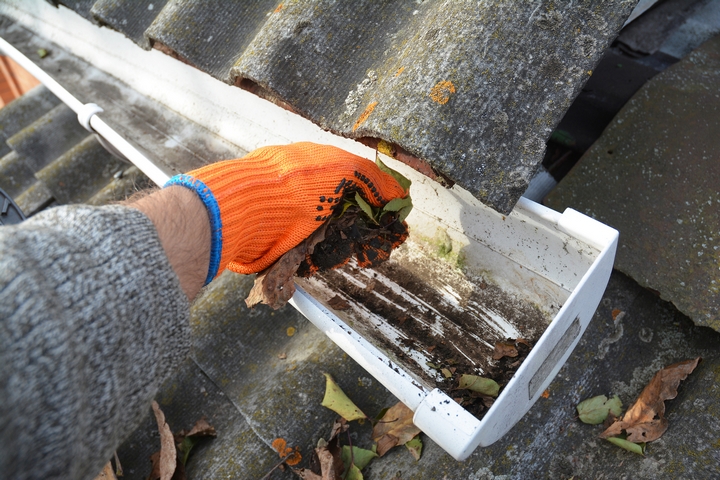
Typically custom-made to be seamless and fixed directly to the siding between the gutter and exterior of the house, fascia gutters provide a clean look that appeals to many. Their fairly deep design makes them susceptible to accumulating debris, but if you don’t mind cleaning them regularly, fascia gutters can add sleek curb appeal to your home.
